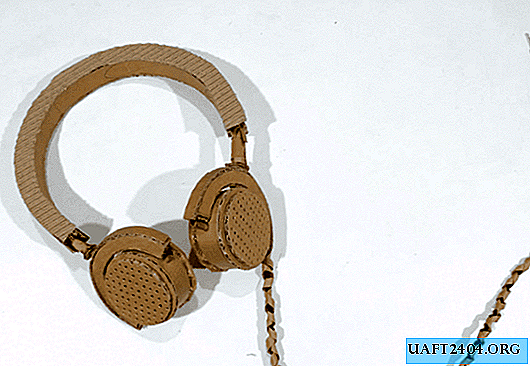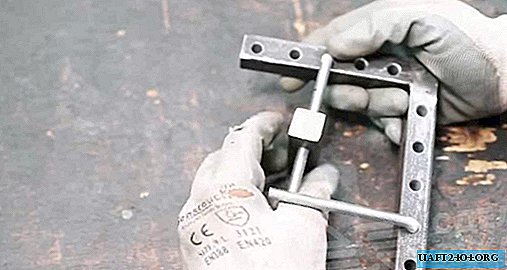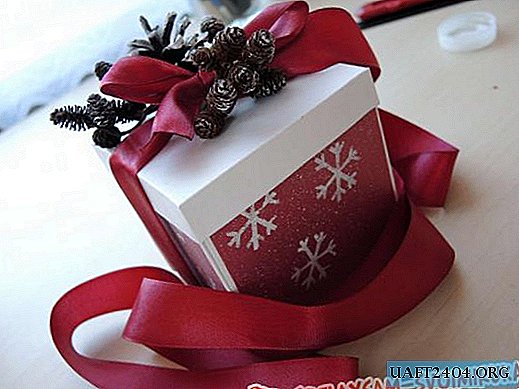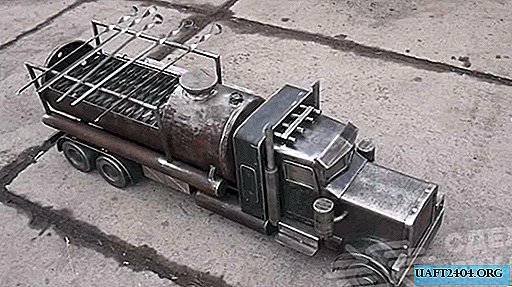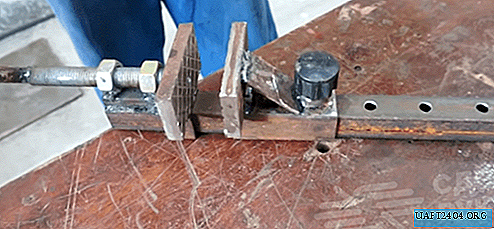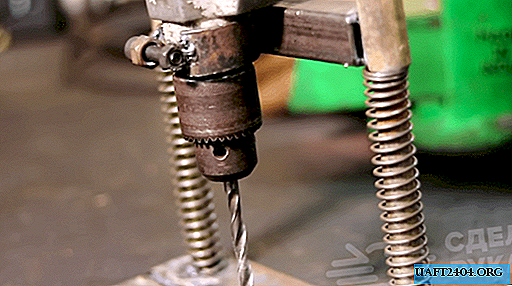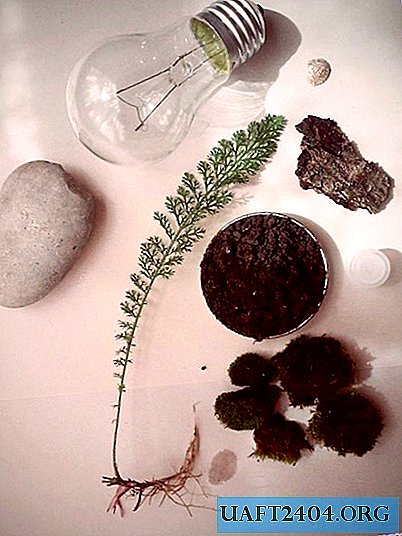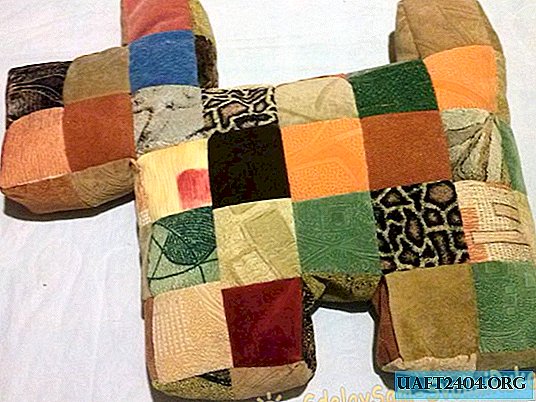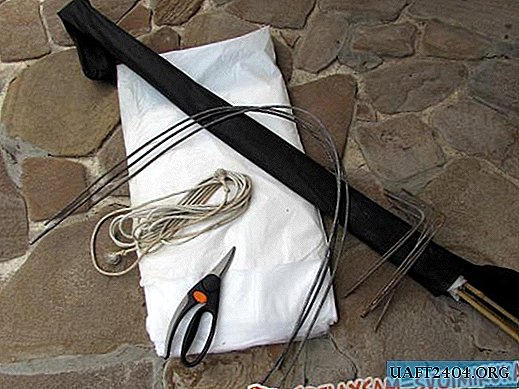Share
Pin
Tweet
Send
Share
Send
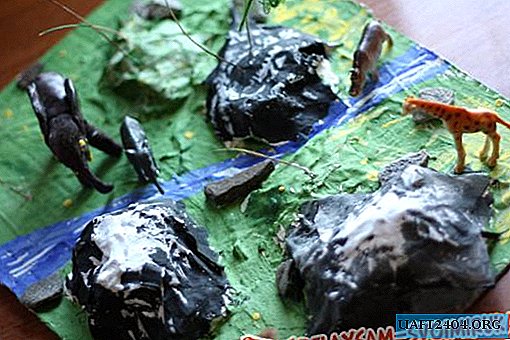
Did the children carry out the brain? They just need to take something! I propose to make a voluminous landscape with them. This is a very creative process that will captivate children (and maybe even parents) for a long time. We did such landscapes at home and in the lessons of fine arts. You can choose any topic: the ocean floor, forest, farm, mountain canyon, etc. A special delight in children is the opportunity to use natural materials: stones, twigs, cones, shells, sand, etc.
To make a 3D landscape (savannah) you will need:
Corrugated cardboard
Paper (newspapers, magazines),
Masking (paper) tape,
Scissors,
Gypsum,
Gouache,
Tassels
Stones, twigs,
PVA glue,
Plasticine.
Cardboard is needed tight, because it will be located quite heavy objects. The easiest option is to cut some kind of box. From paper we make irregularities: mountains and hills. To do this, crush the paper in a lump and fasten it to the cardboard using masking tape. No matter how carefully we do this, gaps remain. To smooth our landscape, as well as simplify the process of painting, you will need gypsum.
Gypsum is diluted with water to a consistency that is convenient for you. Liquid gypsum can be applied with a wide brush, moderately thick with hands. We cover the entire landscape with a gypsum layer, trying to "fill" the obvious bumps. The most problematic places are places of fastening of our hills and mountains. The plaster-covered landscape must be allowed to dry completely.

The dried landscape is covered with paint. We use "natural" colors: green, yellow, black, brown.

Usually, children do not need to explain anything at this stage. Then they can do everything themselves. While the painted landscape will dry, we collect natural materials. Pebbles can simply be laid out or glued with glue, twigs attached to plasticine.

By the way, what kind of landscape is without animals? They need to be molded from plasticine. Think with your children what kind of inhabitants can live in such an area. Things will go faster and better if you give children ready-made animal figures for example.


There is also a simplified version of the volumetric landscape, which is made of cardboard and plasticine. In the art lesson, we made a farm in this technique. On a cardboard basis, almost everything was made of plasticine: grass, stream, animals. Even the shed was built by children from plasticine bricks.
Landscape is not just one time activity. It can be regularly updated, tinted, changed inhabitants. Children should like this craft.

Share
Pin
Tweet
Send
Share
Send

